Why Choose Clay Wine Jars
Compared with traditional wine storage containers such as oak barrels, glass containers, and stainless steel tanks, the unique micro oxygen environment formed by the natural microporous structure of clay wine jars is more suitable for wine brewing & aging. There are five significant characteristics specifically:
1. It can promote slow maturation of the wine, soften tannins, enhance flavor levels, and avoid the interference of woody flavors in oak barrels, highlighting the terroir characteristics of the grapes themselves.
2. The minerals rich in clay will slowly blend into the wine, enriching the trace elements and complexity of the taste, without chemical additives, which is in line with the trend of organic brewing
3. Low thermal conductivity, capable of buffering external temperature fluctuations, maintaining a stable fermentation and aging environment, superior to the high transparency of glass and the strong thermal conductivity of stainless steel
4. More cost-effective, with a long service life and reusability, the long-term usage cost is much lower than that of oak barrels, and the cost-effectiveness is significant
5. Combining functionality and cultural attributes, it can serve as both a practical wine storage container and a carrier of brand culture expression through process design, meeting diverse market demands
| Parameter |
Ceramic Pot |
Steel Tank |
Oak Barrel |
| Oxygen Permeability |
3-5mg/L · Year* |
0mg/L · Year |
25-45mg/L · Year |
| Thermal Inertia Index |
92 Points |
35 Points |
68 Points |
| Flavor Interference Degree |
Zero Addition |
Risk Of Metal Ion Migration |
Continuous Release Of Lignin |
| Service Life |
10 Years+ |
20 Years+ |
3-5 Years |
| Annual Cost Per Liter Of Alcohol |
$0.18 |
$0.05 |
$1.20 |
Data sources: According to the actual measurement data of the Spanish Wine Technology Alliance

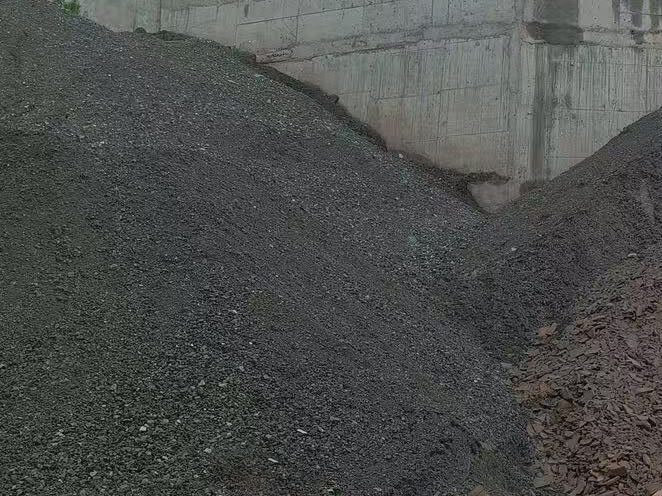
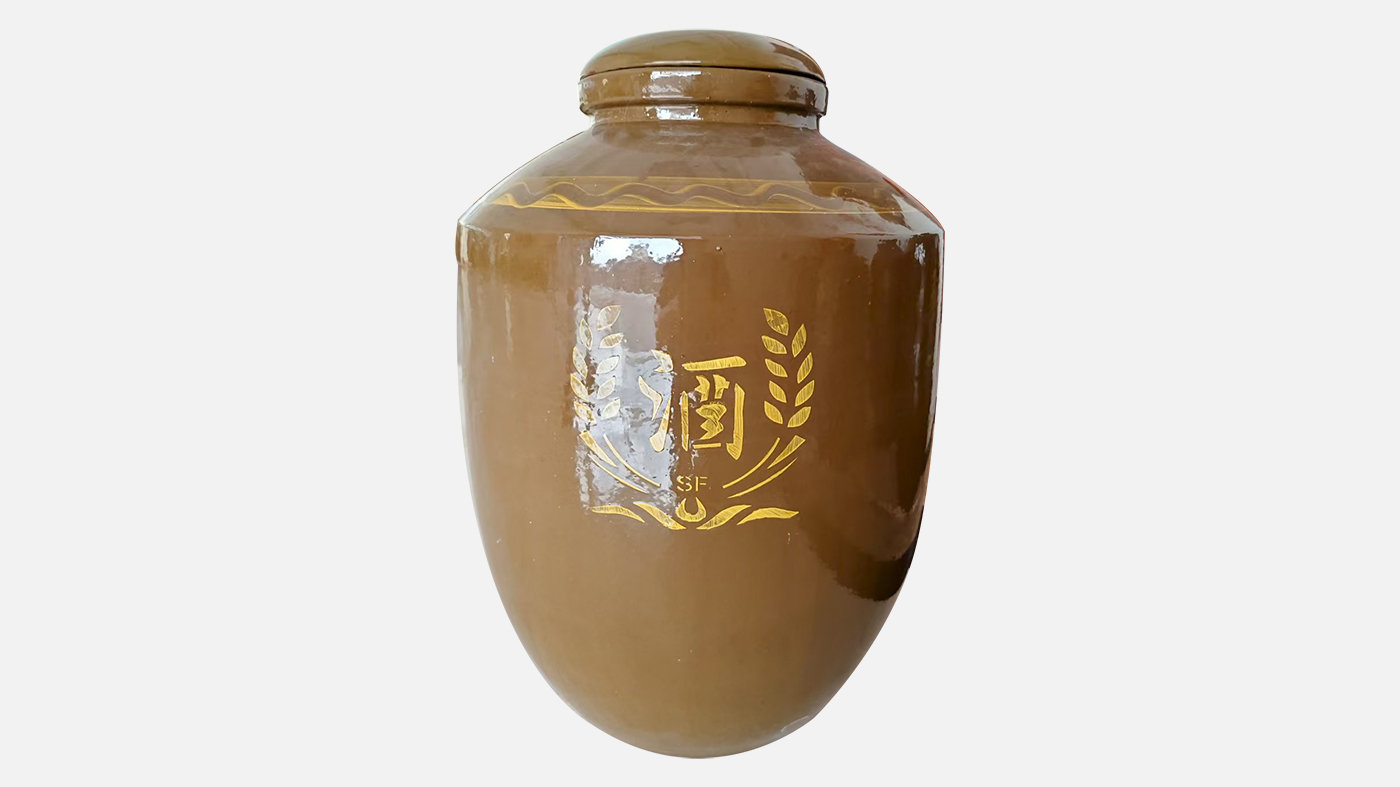 Custom Clay Wine Jar
Custom Clay Wine Jar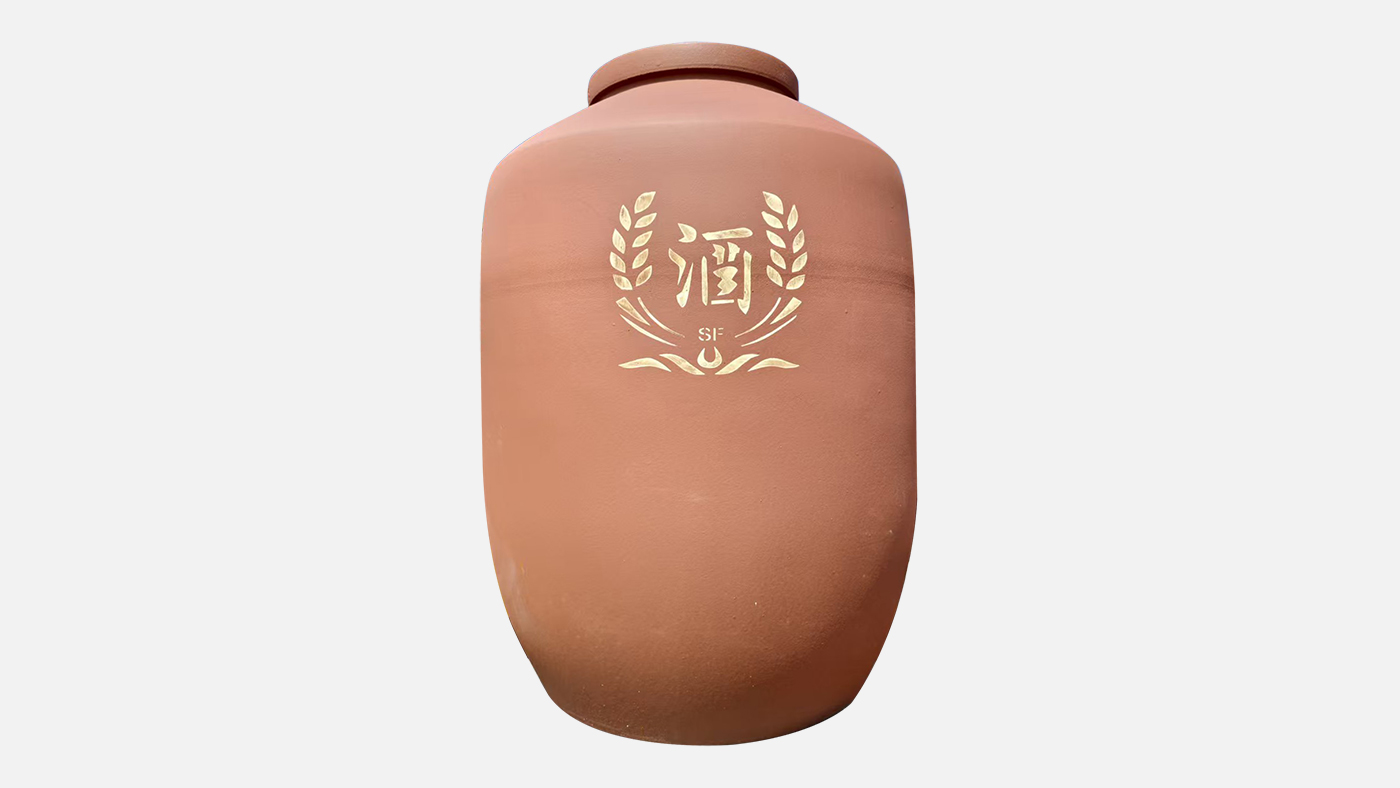 Large Unglazed clay wine jar
Large Unglazed clay wine jar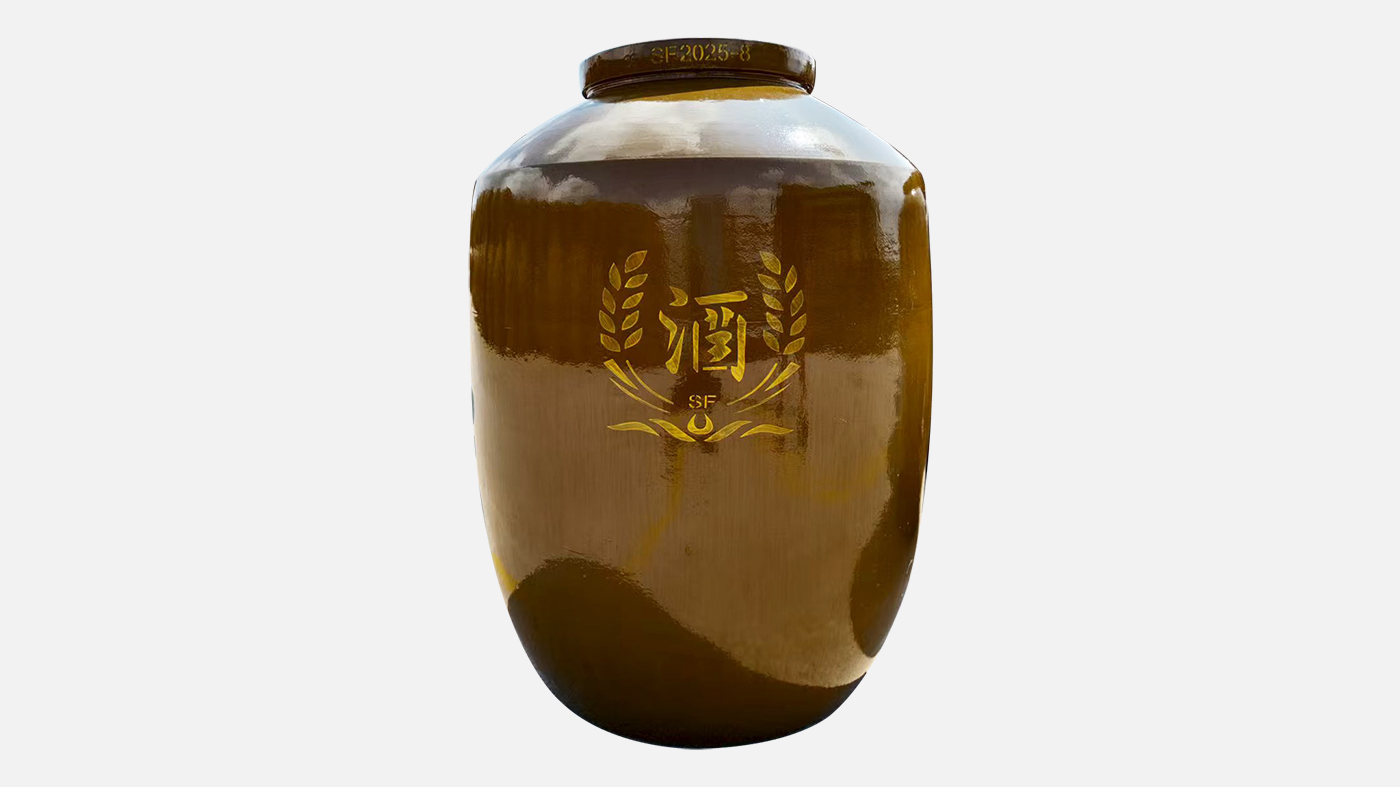 Lage Glazed Clay Wine Jars
Lage Glazed Clay Wine Jars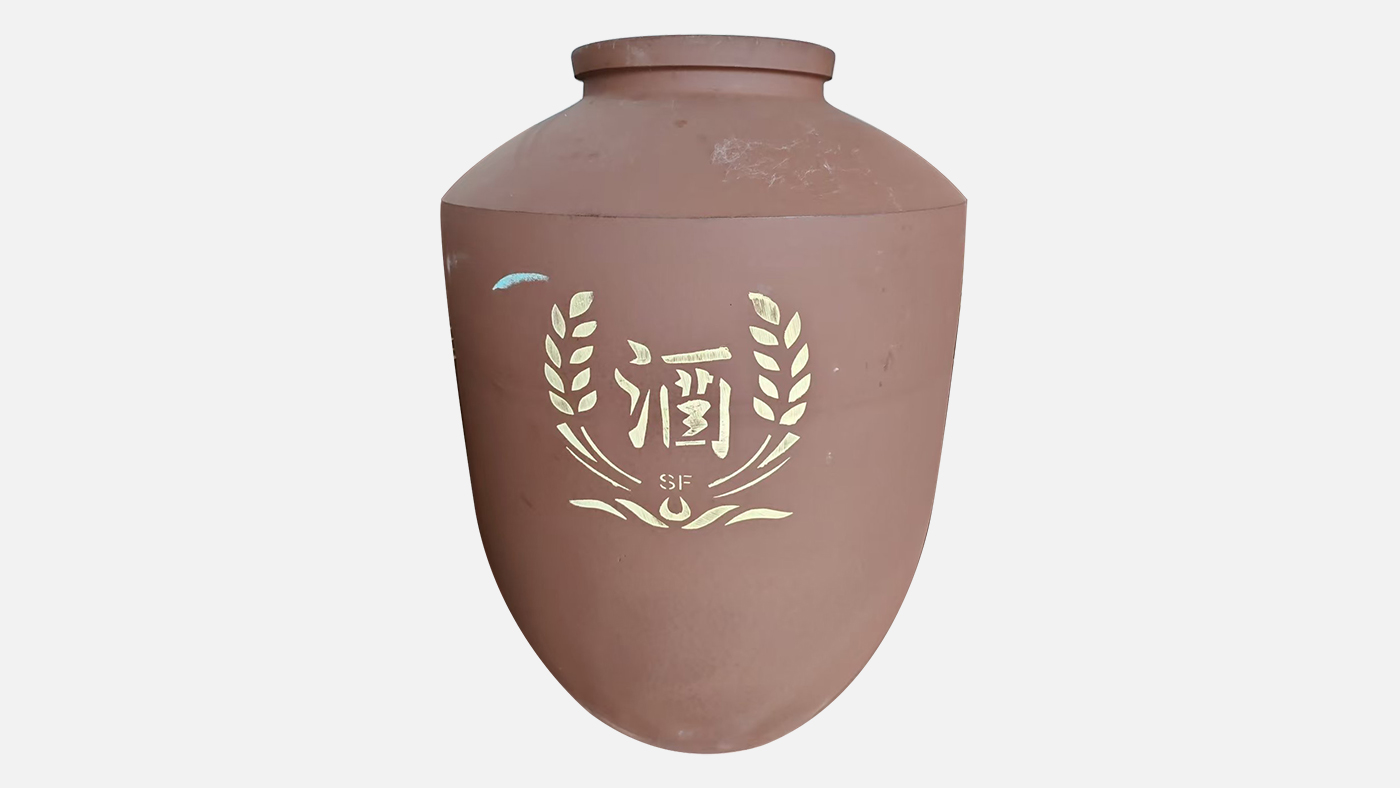 Wine Jars for Sale
Wine Jars for Sale